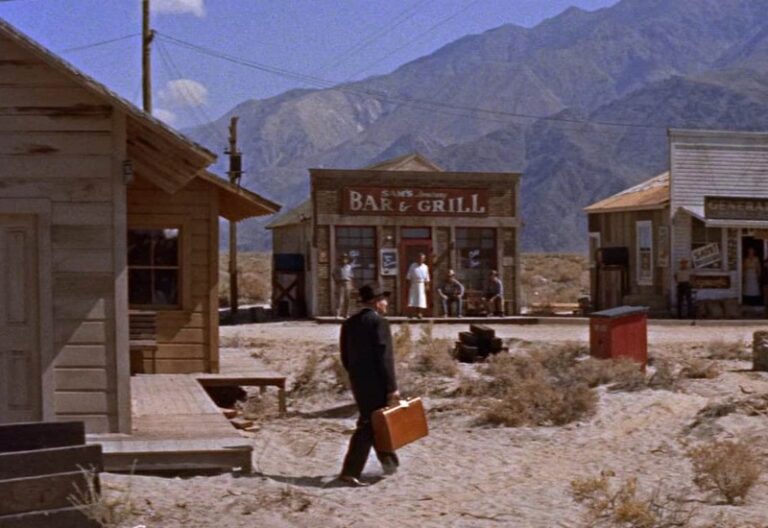film blog
page 4
Published by CinemaWaves | Oct 31, 2024
Subjective cinema is a distinctive approach to filmmaking that brings viewers directly into a character’s mind, allowing them to experience the world through a personal lens. Unlike traditional storytelling, which presents events from a detached, observational standpoint...
Published by CinemaWaves | Oct 24, 2024
The history of color in film is a story of technological innovation, artistic exploration, and the gradual evolution of cinema. While modern audiences are accustomed to vibrant color in films, this evolution was a long process marked by experiments and technical breakthroughs...
Published by CinemaWaves | Oct 19, 2024
Body horror is a unique subgenre of horror films that push the limits of physical and psychological discomfort by focusing on the human body’s transformation, mutilation or invasion. What makes body horror particularly compelling is its ability...
Published by CinemaWaves | Oct 15, 2024
A mockumentary is a clever blend of documentary-style filmmaking and fictional storytelling, offering a humorous or satirical take on real-world subjects. Over the years, it has evolved into a popular genre in both film and television, known for its unique ability to blur the lines...
Published by CinemaWaves | Oct 10, 2024
The history of sound in film is an essential chapter in the evolution of cinema, marking the transformation from silent films to the immersive, sound-driven experiences we know today. Sound in film does far more than accompanying the moving pictures, it can evoke...
Published by CinemaWaves | Oct 05, 2024
Exploitation films have long captivated the audiences with their bold and provocative themes, challenging societal norms and defying the conventions of mainstream cinema. These low-budget movies thrived on shock value, focusing on sensational themes like sex, violence...
Published by CinemaWaves | Sep 30, 2024
World cinema refers to films produced outside the mainstream Hollywood system, encompassing a wide range of countries, cultures, languages, and traditions. It offers a window into filmmaking traditions from across the globe, representing voices...
Published by CinemaWaves | Sep 25, 2024
B movies have long been a staple of the film industry, existing in the shadows of their higher-budget counterparts yet cultivating their own unique legacy. These films, often created with limited budgets and aimed at smaller, niche audiences...
Published by CinemaWaves | Sep 21, 2024
CinemaScope was a widescreen film process that became a major innovation in the early 1950s, revolutionizing the visuals of cinema. Introduced by 20th Century Fox in 1953, it allowed for a significantly wider aspect ratio, creating a more immersive experience...
Published by CinemaWaves | Sep 17, 2024
Absurdist film is a genre that stems from the philosophical concept of absurdism, which posits that life is inherently without meaning, purpose, or order, and that human beings must grapple with the chaos of existence. This philosophy was largely influenced by the works...










